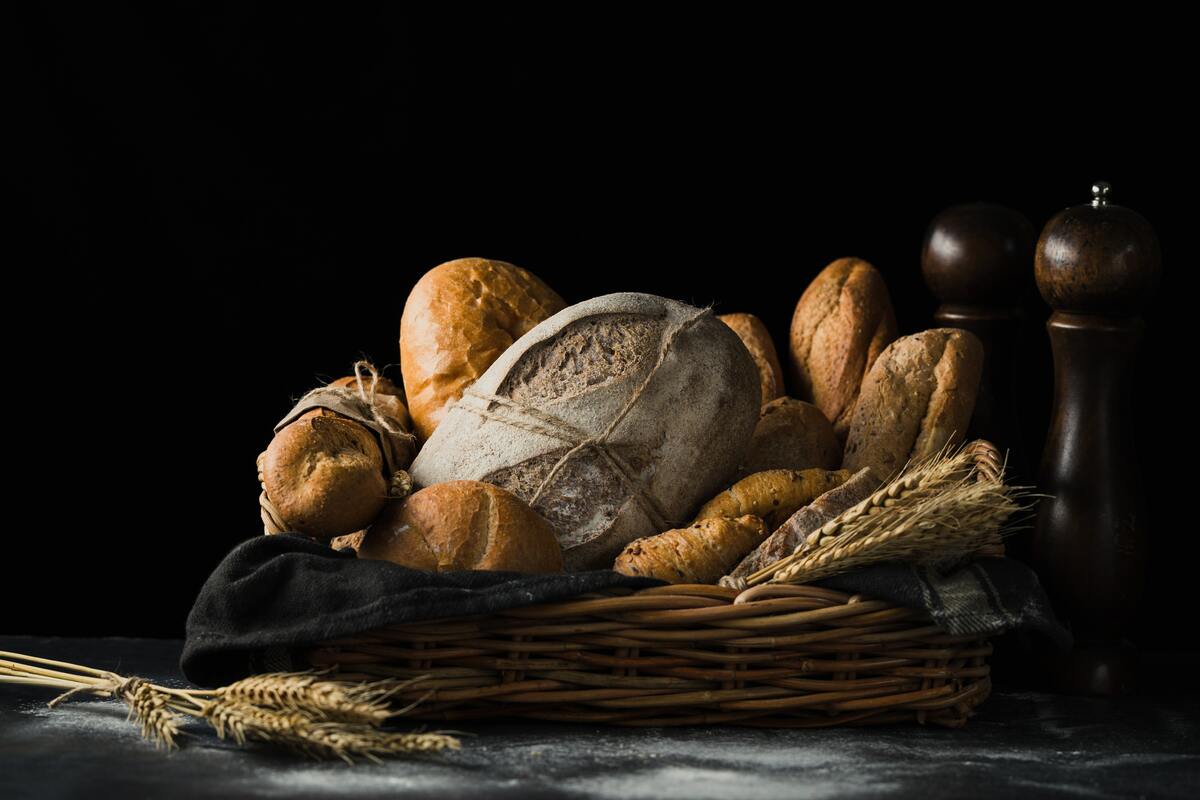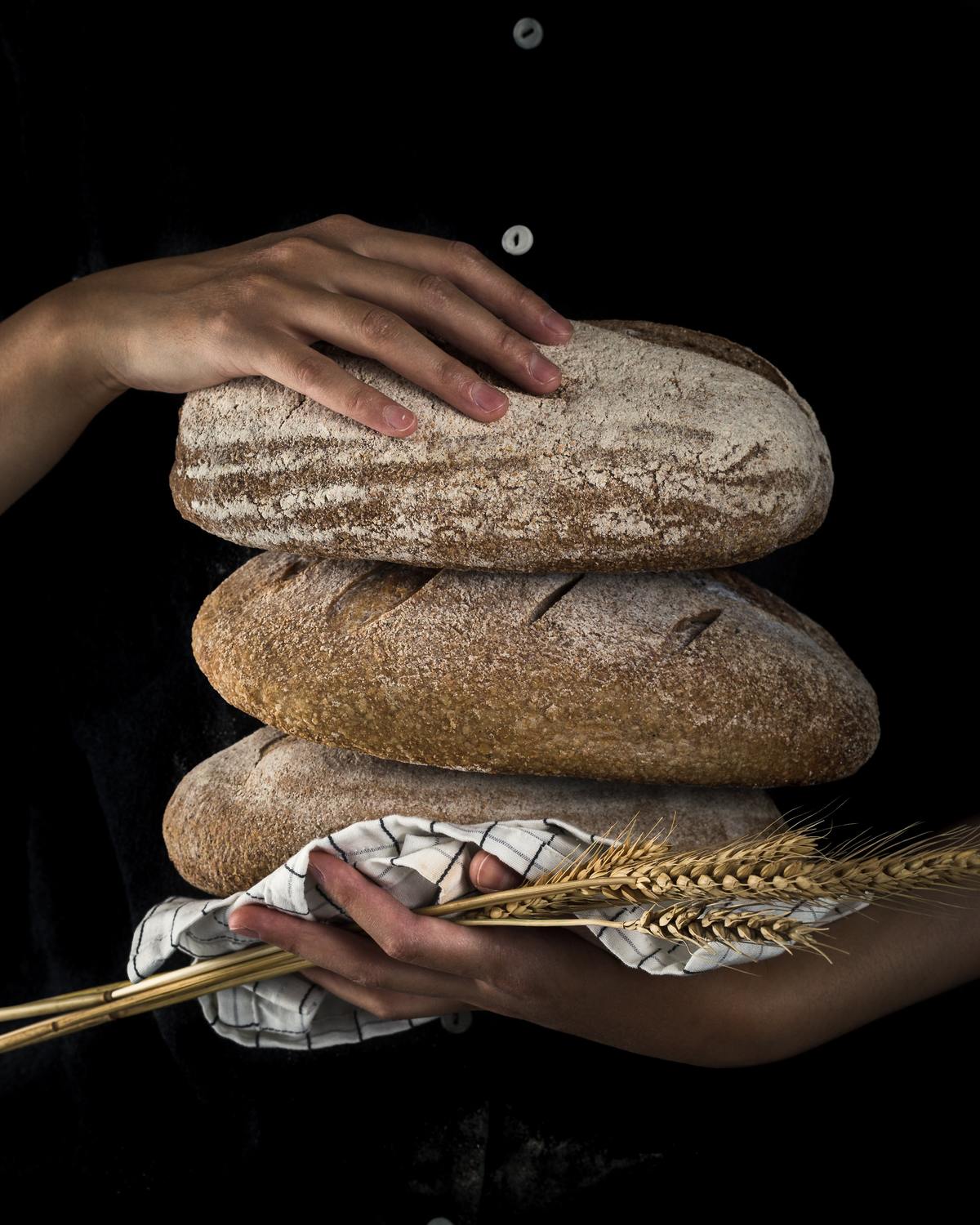The different type of bread in America
Bread is a staple food made from flour and water mixture, typically by baking. It has been prevalent throughout the world throughout documented history and is one of the oldest foods for humankind, having been of significance since the beginning of agriculture. Christopher Columbus takes a little crock of sourdough starter into the Modern World in 1492 as Legend would have it. Nevertheless, unleavened cornmeal bread appears to be the first bread adopted in the Americas by the European settlers.
In 1602, eighteen years before the Mayflower appears, British ship captain Bartholomew Gosnold grew the first Massachusetts wheat crop in the region. Amber waves of grain will expand from Maryland to New England within a century. In America precisely the 1800s, home bakers started baking bread in tins, instead of placing their shaped loaves on the brick ovens surface.
In 1849, Boudin Bakery opened its doors in San Francisco and started making the first San Francisco sourdough using a starter borrowed from nearby gold miners; today, the bakery only uses the same starter. The Fleischmann brothers also invented the first commercially manufactured yeast, a cake of compressed flour, barley malt, and brewer’s yeast, from America in 1868. Bread recipes began asking for synthetic yeast by the turn of the 20th century, instead of natural starters produced from wild yeasts.
Around 1869, Harvard chemist Eben Horsford perfects his discovery of baking powder, a mixture of monocalcium phosphate, sodium bicarbonate, and starch that enables bread to rise without starters and enables home bakers to introduce fast bread such as banana bread and Irish soda bread to their repertoires.
In 1873, the French-American Edmund La Croix improves on the Swiss steel roller, a flour mill that effectively separates the germ and bran of wheat from the white endosperms.
The effect is a fresh and very common processed white flour; 40 years later, millers continue to bleach meal utilizing nitrogen peroxide to give meal an even clearer white color. This is a short overview of how the United States bread making started in the 1800s.
Below are the types of bread in America:
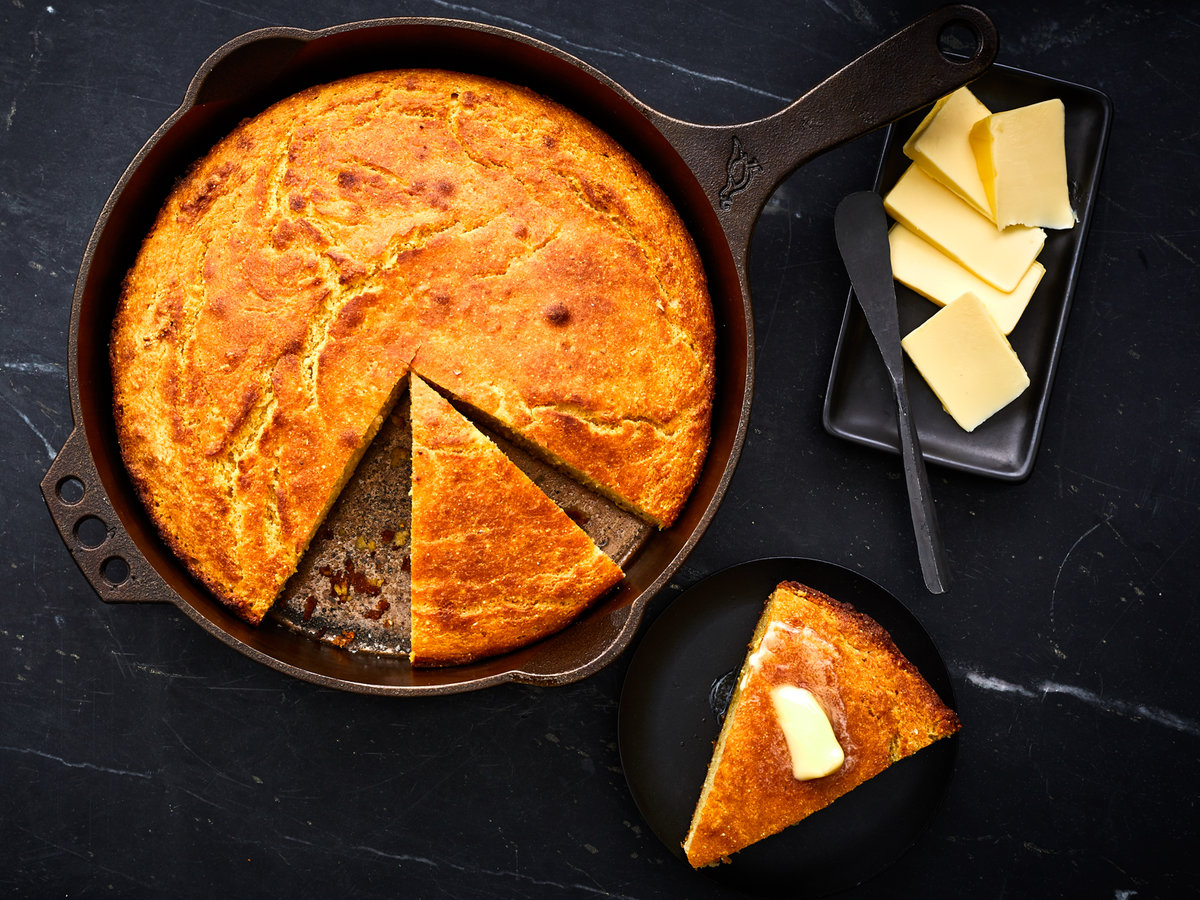
Cornbread
No food is more American than the classic cornbread. The fluffy yet solid baked bread made from cornmeal is probably the most significant memorabilia of the American past, which is synonymous with the American South in particular. Corn was a common food among the Native Americans, who produced the first iteration of what is known today as cornbread. This original version was that food among explorers on the frontier, and soon became a favorite staple meal among the country. Originally, cornbread was white in color, producing a more substantive meal because it was made from stone-milled corn, which created coarser flour. The shift occurred when industrial mills were implemented, which finely grounded the corn and caused the loss of natural sweetness. The well-known firm and rustic cornbread were turned into a softer and more delicate version when the colonists added wheat, poultry, and dairy produce. Cornbread is not used in American culture as a simple substitute for bread but rather as a significant side dish. The chilis and other types of bean and lentil stews are often used as accompaniment. Usually, it is easily coated in sugar or molasses and consumed as a snack, or broken in a heated bottle of milk and drenched. Types of cornbread are Baked cornbread, Cracklin bread, Corn pone, Hot water cornbread, Johnnycakes, and hushpuppies.
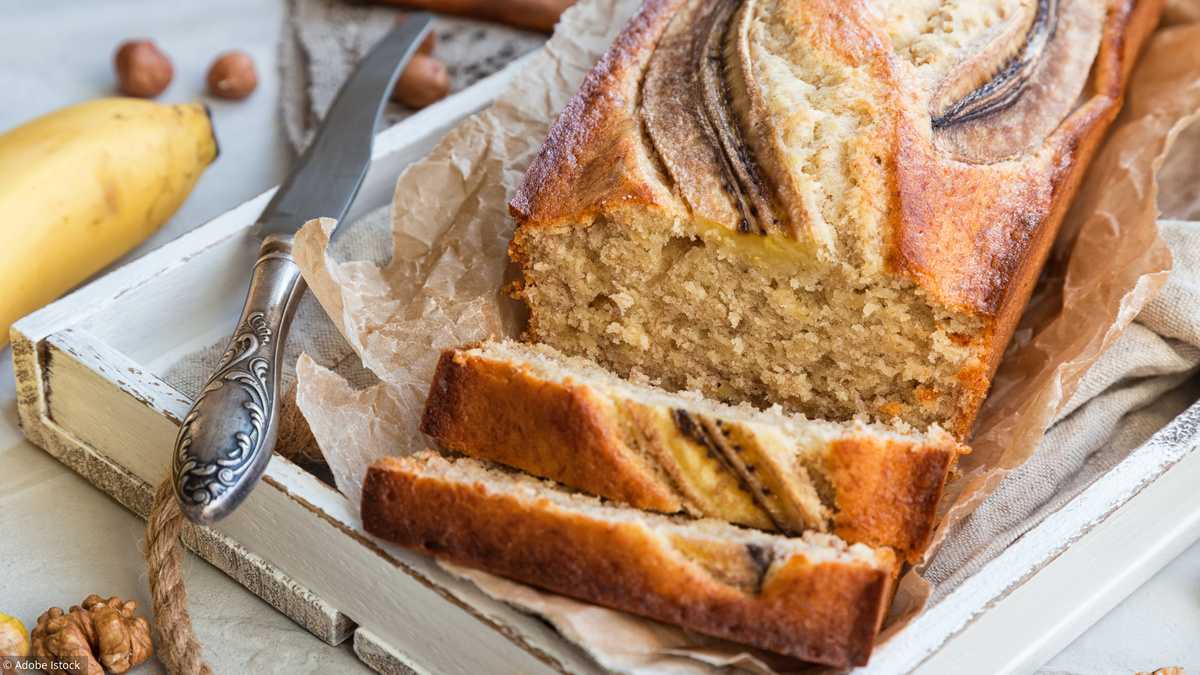
Banana Bread
During the late 19th century, bananas first arrived in the United States, though it was some time before they started to become used in desserts. It is assumed the bread was first produced in the 19th century when Pearlash, a chemical leavening product, was discovered by housewives. With the growth of baking soda and baking powder during the 1930s, this bread became quite popular. While an American innovation, banana bread is also very common in Vietnam, baked in two types-baked banana cake, with a golden-brown crust, and banana pudding, or steamed banana cake. Aside from bananas as the main component, often walnuts, pecans, almonds, raisins, or chocolate chips are often applied to the bread to enhance the taste. Some variations are: Normal banana bread, Banana raisin bread, Chocolate chip banana bread (chocolate chips are added to the recipe), Banana nut bread (chopped nuts, often walnuts or pecans, are included as a recipe), Banana bread muffins and Vegan banana bread (doesn’t include the dairy products or eggs)
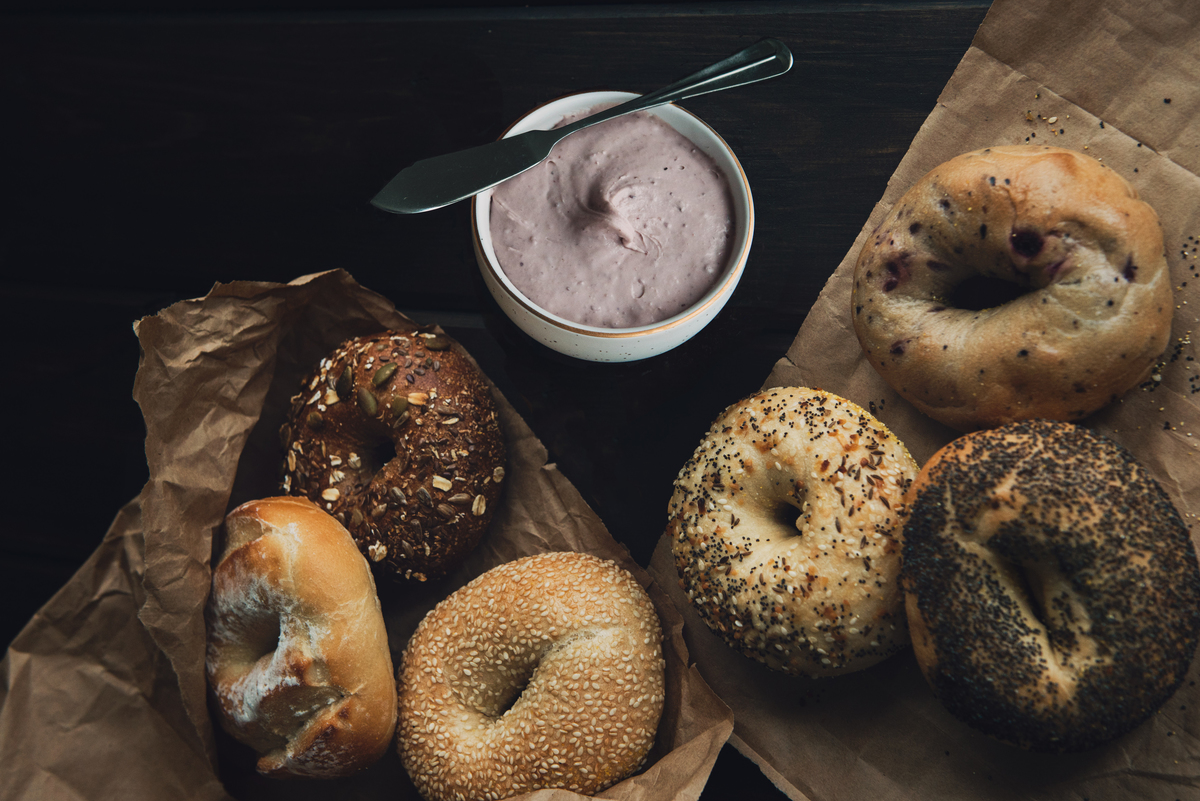
NYC bagels
Bagels are a popular food from New York City: boiled, then hand-shaped baked, circular rolls with a hole in the middle. It is a small, compact bread with a malty flavor and a warm, glossy, and crunchy coating that will snap into it when bitten. Originally Jewish refugees from Eastern Europe took them to the USA. There is a belief that bagels have become common in the Jewish community since the dough has to rest for twelve hours before being fried, and it was easy for Jews to let it rise on the Sabbath when work is forbidden. New Yorkers say that their bagels are the strongest because of the softness of the water since there are small amounts of calcium and magnesium, which may harden the bread when mixed with gluten. Bagels have been made in four initial types in the past: simple, pepper, salt, or sesame, but today they are produced with garlic, onion, cinnamon, and raisins, fresh from the oven and mixed with butter, scallions, lox, and cream cheese.
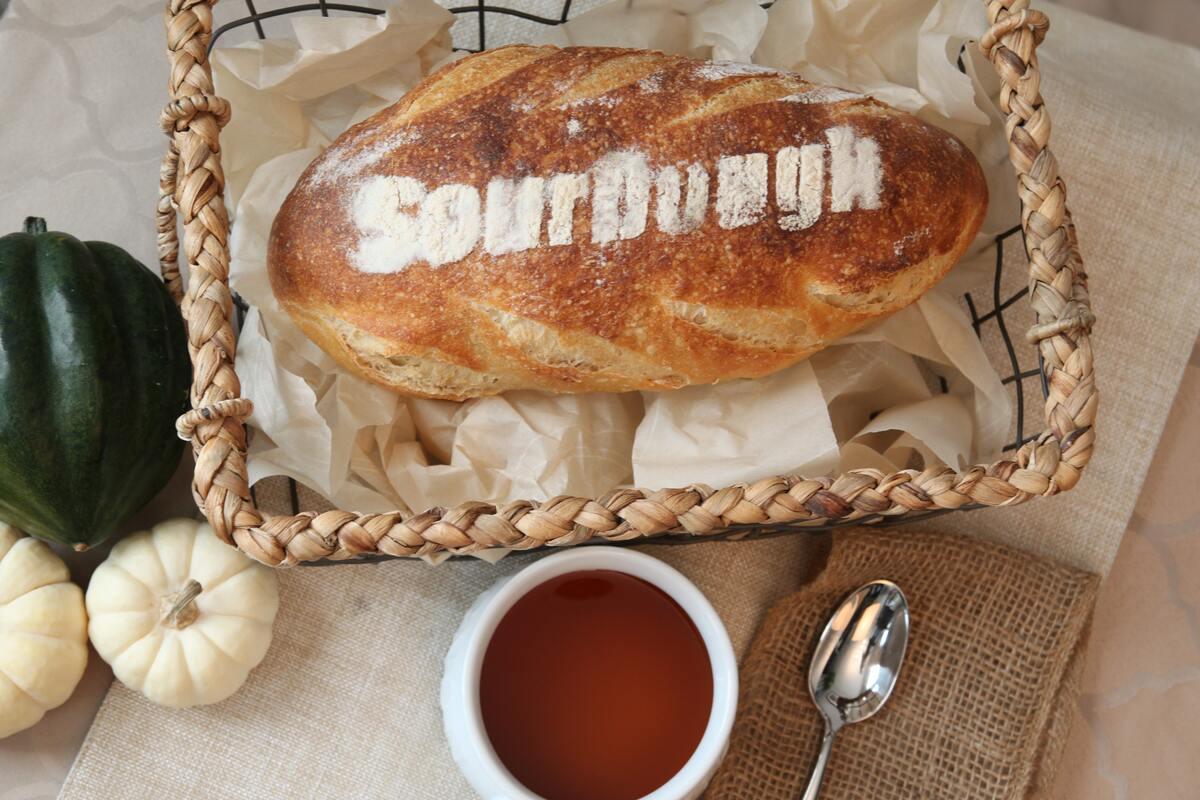
California sourdough bread
After the gold mining days of 1849 in California, sourdough has become a popular product and a staple in Western cuisine. It is the oldest and most original type of leavened bread, with the earliest known usage of sourdough going back to the ancient Egyptians. The Boudin family (known French bakers) came to San Francisco during the gold rush era and became popular for their special sourdough bread. It was a highly successful product, especially for the hungry miners who flocked every morning into the bakery, appreciating the bread for its flavor and durability. Since 1849, the Boudin bakery has used the same starter sourdough tradition, called Mother Bread, and it continues to work today. The sourdough craze spread like flames, and today there are a large number of artisanal bakeries across the San Francisco Bay Area that offer sourdough bread.
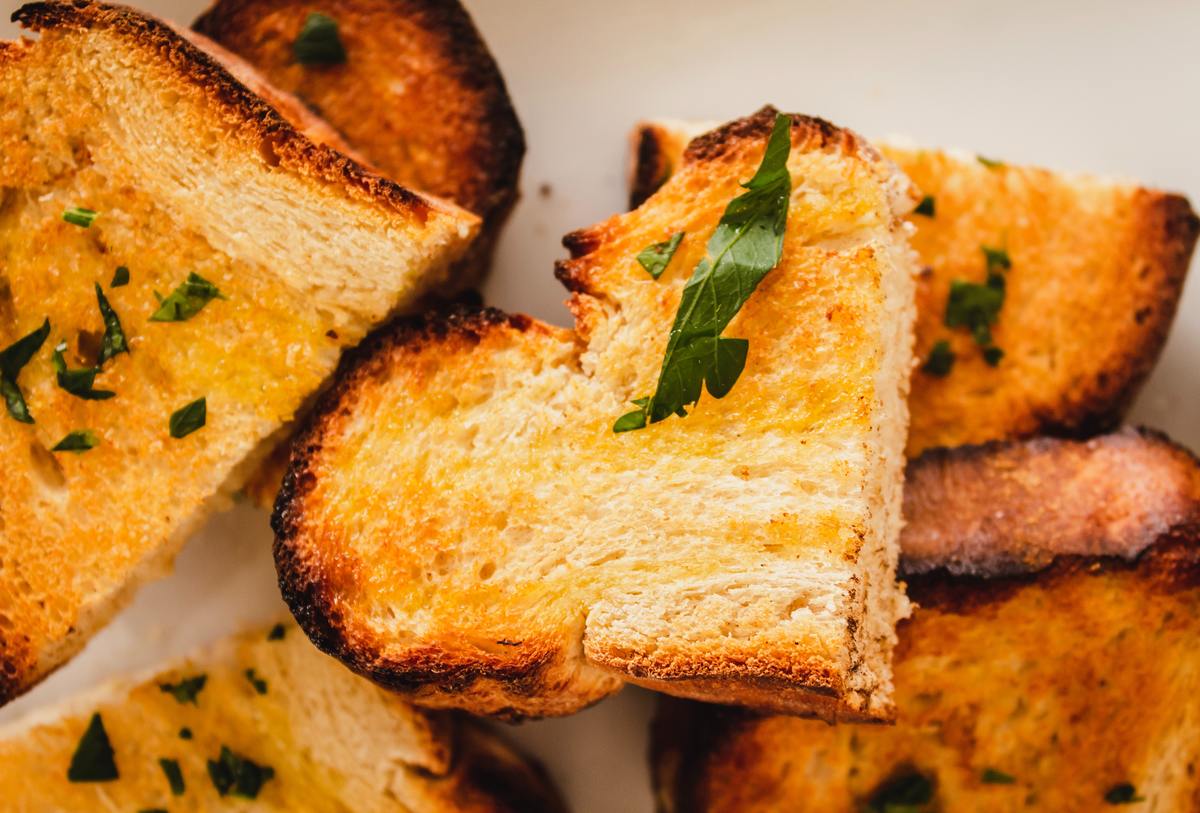
Texas toast
Texas toast is toasted bread with butter and sometimes garlic, often produced from a sort of frozen bread that has been cut double the normal thickness of other sliced bread. Sometimes, the Texas toast loaf itself is more squarish than other sliced bread that has a more angled side and back. Although toast bread from Texas may be used in the same way as ordinary slices of bread as in sandwiches, it is especially useful for dishes containing liquids such as barbecue sauce or where additional thickness may enhance the food, such as French toast. Moreover, Texas toast’s sometimes enhanced slice thickness lets it maintain moisture and softness more than normal sliced bread. Typically, it is white bread, but there are variations of whole wheat. Common in Texas and its neighboring states, Texas toast is mostly eaten as a side dish with southern-style dishes such as the chicken fried steak, fried catfish, or BBQ. Texas toast may also be used in toasted sandwich making. The real toast is created by placing butter or margarine on all sides of the bread and grilling or grilling it until it is a golden brown slightly. The spread that includes seasonings like garlic, producing a kind of garlic bread depending on the recipe. Similar to an open-faced type grilled cheese sandwich, the toast can have cheese on one side or both.
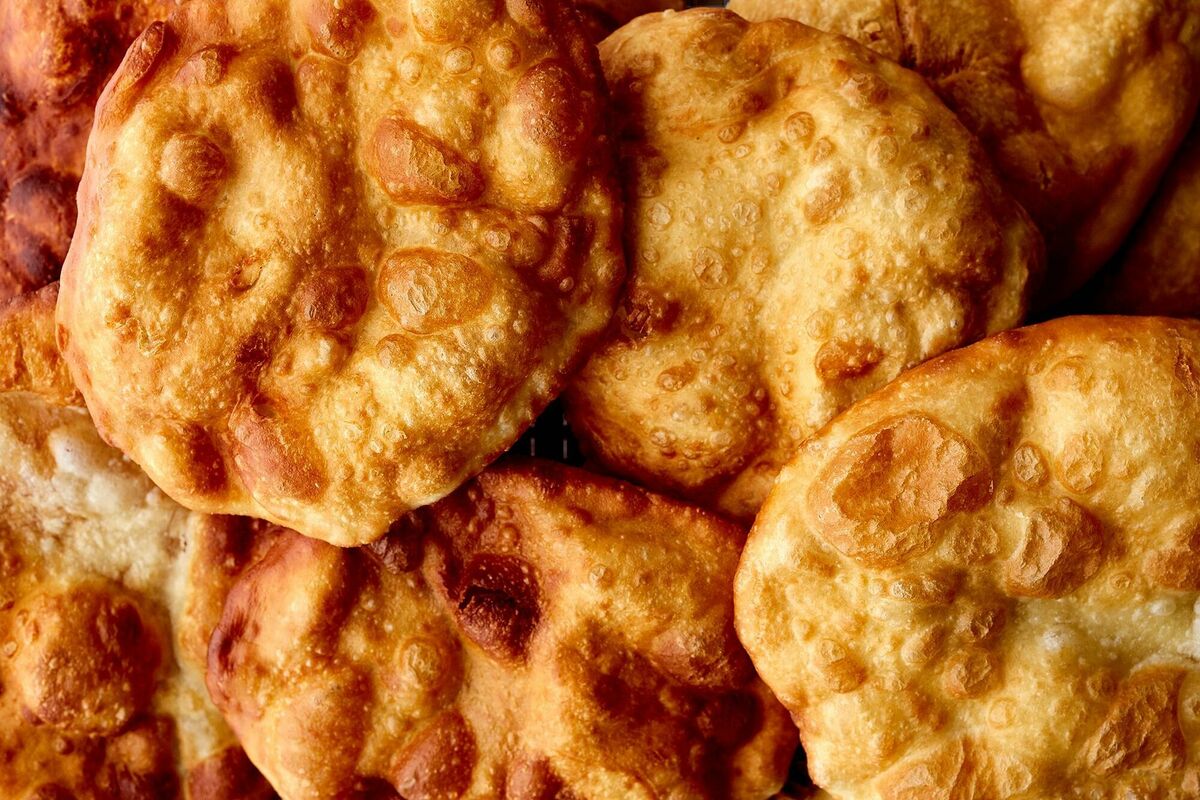
Frybread
According to Navajo history, frybread was made in 1864 using the wheat, sugar, salt, and lard that the U.S. government provided them when the Navajo, who resided in Arizona, was compelled to make the 300-mile trek known as the “Long Walk” and relocated to Bosque Redondo, New Mexico, on land that could not comfortably afford their usual vegetable and bean staples. Named in 2005 as South Dakota’s official state bread, frybread is a flat dough that is fried or deep-fried in oil or lard. Initially, it is a tradition of Native American Navajo, developed during a period when the Natives were in bondage with efforts to starve them out. The government supplied them with lard, rice, salt, sugar, yeast, and condensed milk, which was mostly rotten, and fried bread came from the few products that were received during the four years of imprisonment. That guaranteed the longevity of the Navajo in the past is now eaten alone or with various toppings and accompaniments, including sugar, jam or beef.
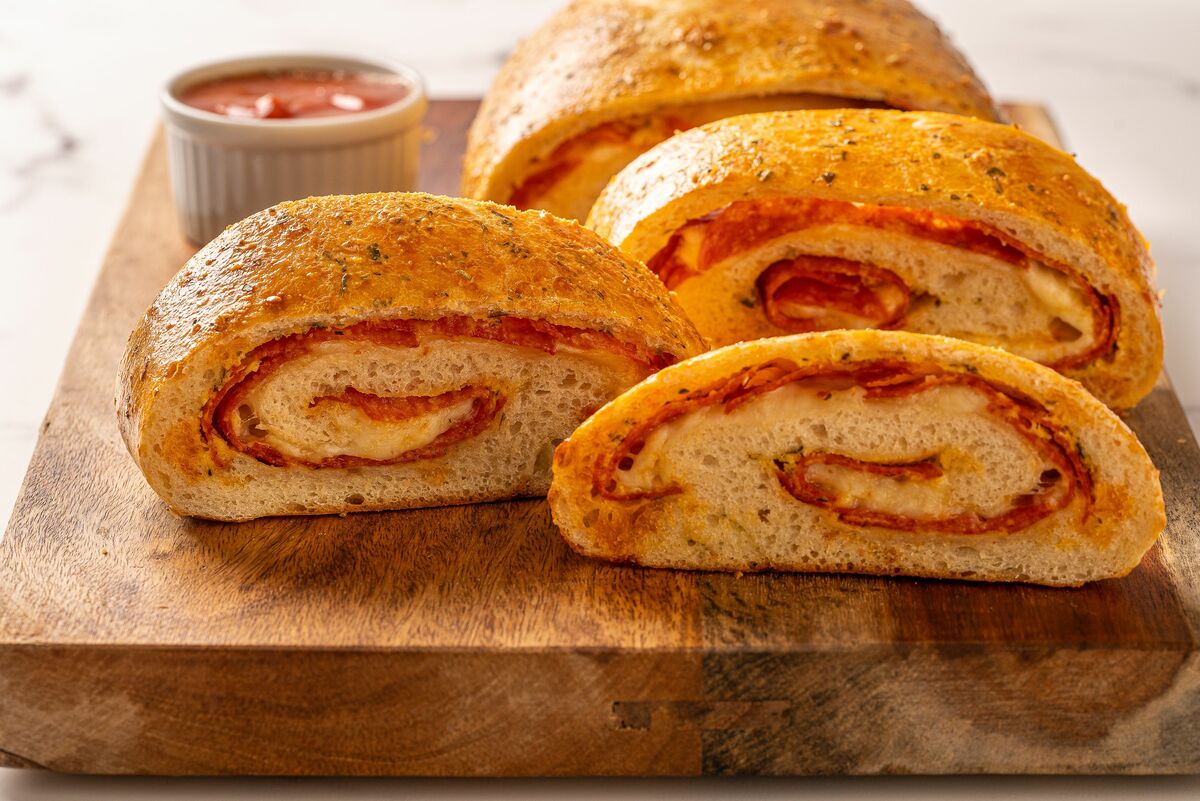
Pepperoni roll
In 1927, Giuseppe “Joe” Argiro first launched the pepperoni roll at Country Club Bakery in Fairmont, West Virginia. The rolls emerged in the first half of the 20th century as a lunch alternative for the coal miners of north-central West Virginia. Pepperoni rolls should not be refrigerated for transport and could be conveniently packed by miners for lunch. In the early 20th century, Pepperoni and other Italian foods were popular in north-central western Virginia, as the growing mines and railroads drew many Italian immigrants. The pepperoni roll shows a resemblance to the pasty and sausage roll that emerged in Great Britain’s mining cultures, as well as the Italian calzone. The pepperoni roll is a typical snack in West Virginia and some neighboring Appalachian Mountain regions including Western Maryland, Western Pennsylvania, and Appalachian Ohio. It is popular in West Virginia, particularly in convenience stores, and is probably the food that is closest to the state. The traditional pepperoni roll is a relatively soft white yeast slice of bread with Pepperoni baked in the middle. The fats in the Pepperoni (hard at room temperature) melt during baking, resulting in a spicy oil that suffuses through the pizza. Pepperoni rolls are typically served as a snack, or as the lunch’s main meal, either unheated or slightly cooked.
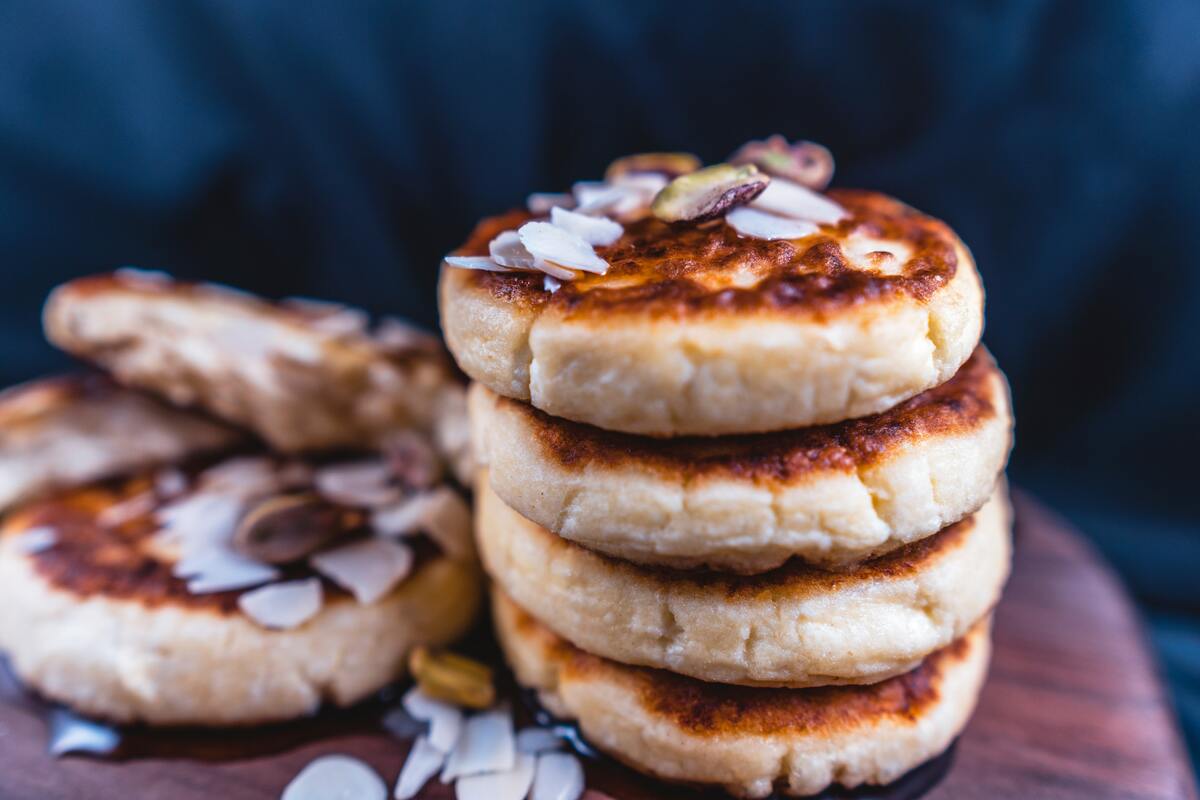
Johnnycake
Johnnycake is a pancake-like flatbread made from fried cornmeal, butter, and hot water or milk. It is a staple food in the Rhode Island region, where it is eaten at all times of the day for breakfast when drizzled with butter and syrup or broken up and mixed with milk and sugar, or for certain meals when it serves as a replacement for rice or potatoes, and often even served as a dessert. The name is possibly based on jonakin, a word derived from another word, jannock, which is the phrase the slaves use to denote a cake made from Native American corn. Another theory suggests it comes from traveling, an English word relating to the long-lasting cornmeal cakes kept in saddlebags and on ships during long journeys. It is assumed that the corn-growing Native American people, once the powerful party across Rhode Island, developed johnnycakes. The modern version of the dish is still eaten in Colombia, Bermuda, and Saint Croix as well as becoming popular in the United States.
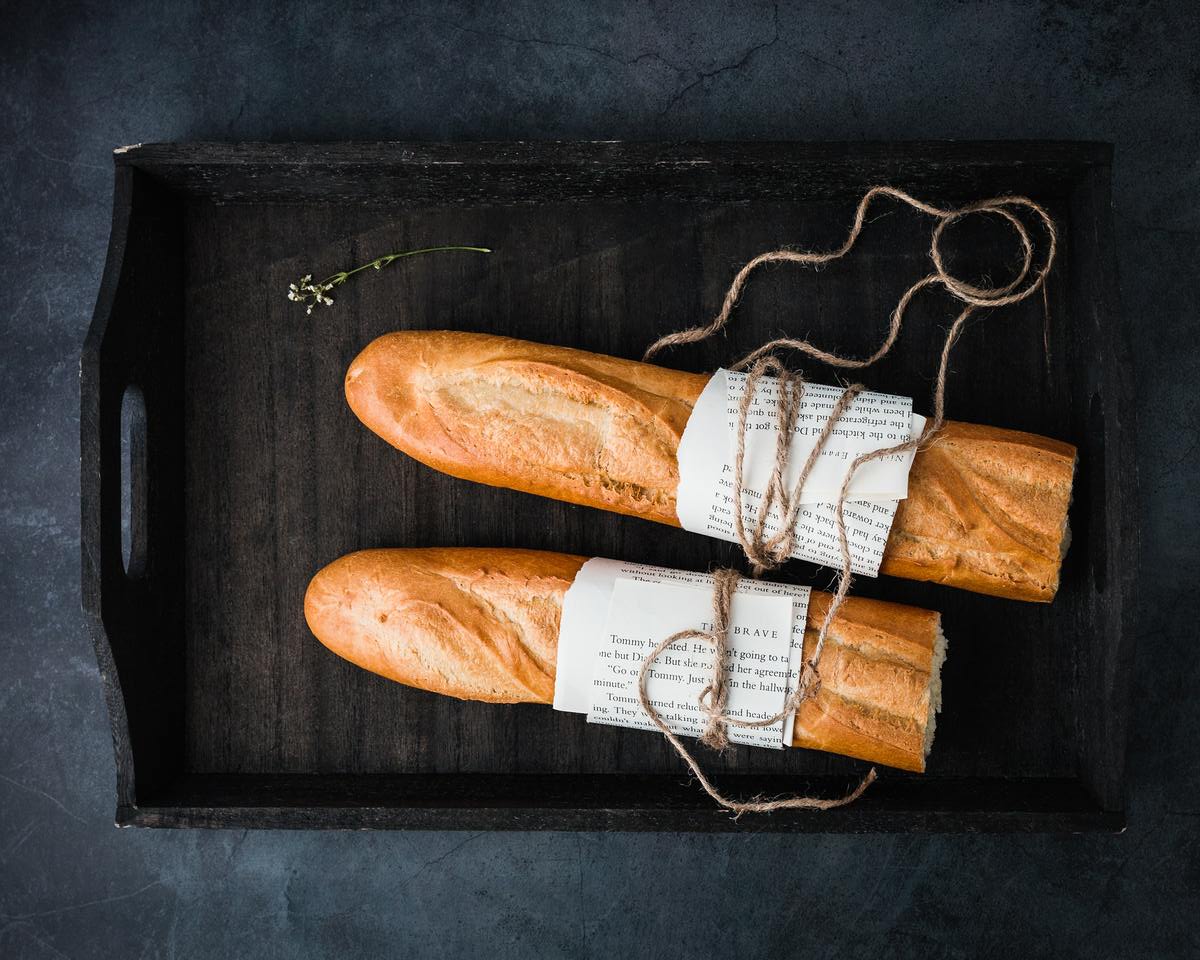
Cuban bread
The roots of the Cuban “actual” bread is always controversial, with both Miami and Tampa claiming to be the birthplace of the finest. With regards to where it started, the first commercial bakery in the U.S. to manufacture Cuban bread was most definitely La Joven Francesca bakery, which was founded in Ybor City, a vibrant Cuban-Spanish-Italian neighborhood in Tampa, in 1896 by the Sicilian-born Francisco Ferlita. Cuban bread is a relatively basic white bread, comparable to French bread and Italian bread, but has a somewhat different baking process and product list (in fact, it typically contains a small amount of fat in the form of vegetable shortening or lard ); it is generally made from thin, baguette-like loaves. It is a favorite of Cuban-American cuisine and is the bread of choice when creating an authentic Cuban sandwich.
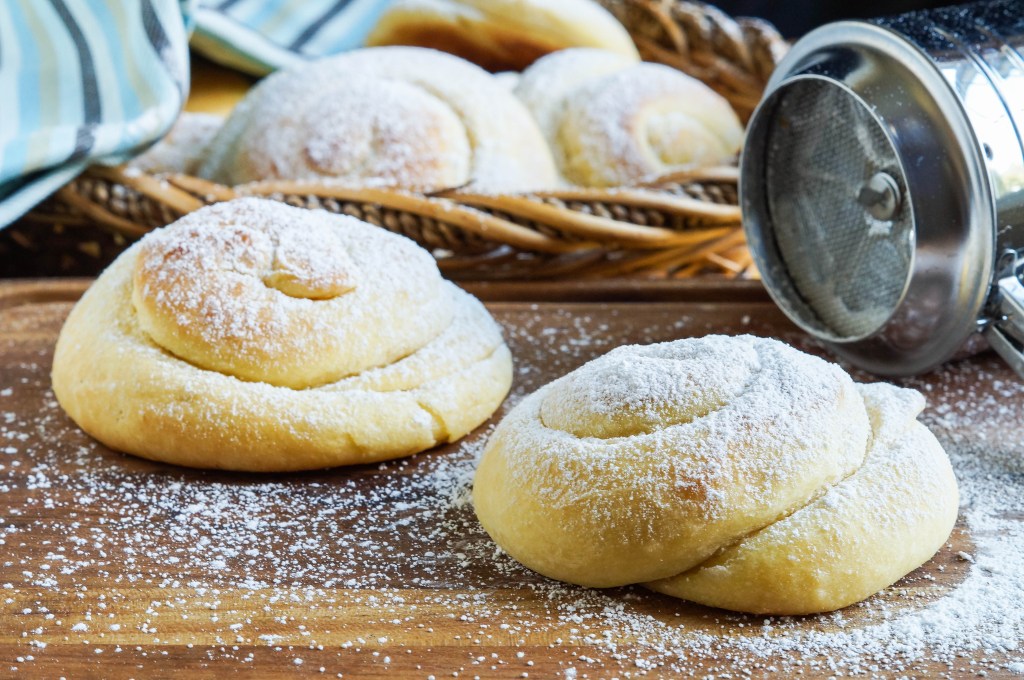
Pan de Mallarca
Pan de Mallorca are tasty Puerto Rican bread rolls with a smooth, buttery, and fluffy texture that define it. Bread is made up of wheat, leaven, sugar, tea, egg yolks, and butter. Pan de Mallorca is thought to derive from ensaimadas, a delicious pastry from the island of Mallorca in Spain. These rolls should be served cut and buttered and combined with a hot cup of coffee, but they can also be enjoyed in a savory variant of ham and cheese.
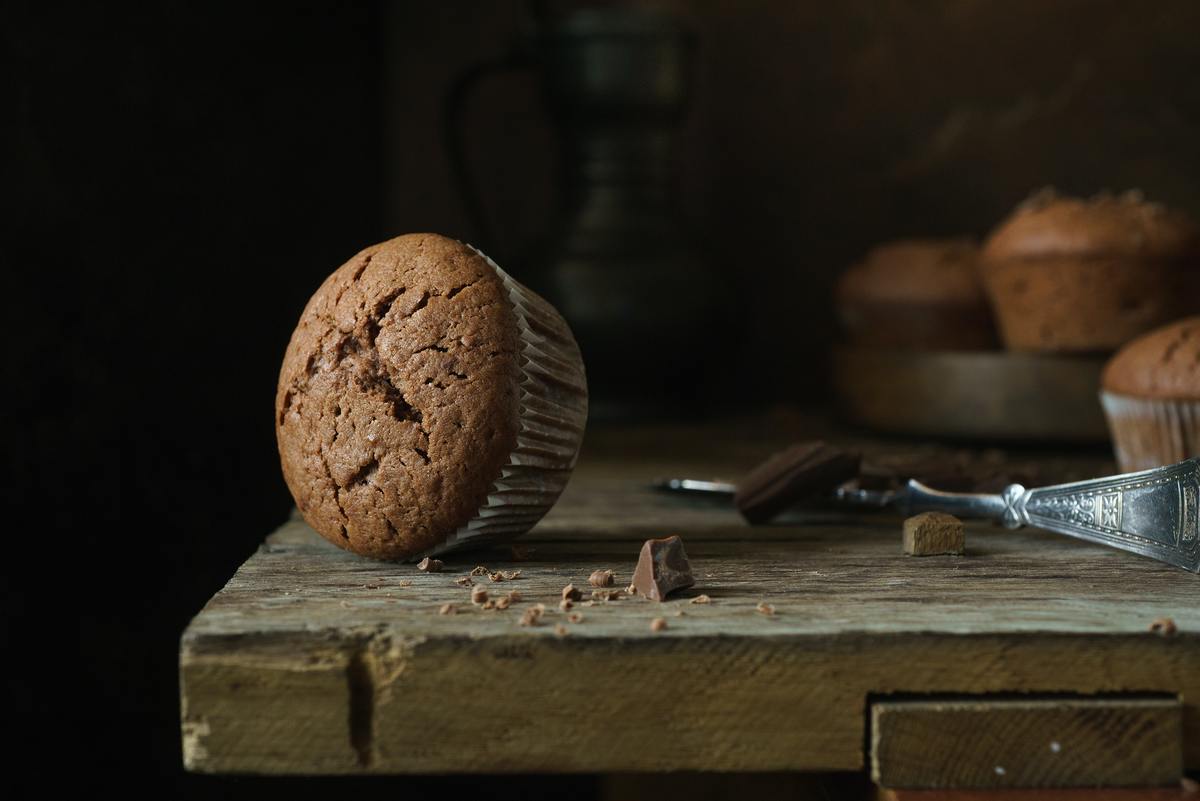
Muffin
A muffin is a baked food that is an individual-sized in form. It may apply to two distinct things, a part-raised flatbread which is baked and then cooked on a griddle (typically unsweetened) and a cupcake-like fast bread (often sweetened), which is chemically leavened and then baked in a mold. While fast bread muffins are sometimes sweetened, savory versions are made with ingredients such as corn and cheese. The flatbread is of British or European derivation and goes back to at least the early 18th century, although, during the 19th century, the fast bread emerged in North America. Both are growing very popular today around the globe.
EverCook is a French Luxury catering company in Miami. Our menus include amazing America and world bread.
Feel free to contact us for a free consultation and taste our services and food.

